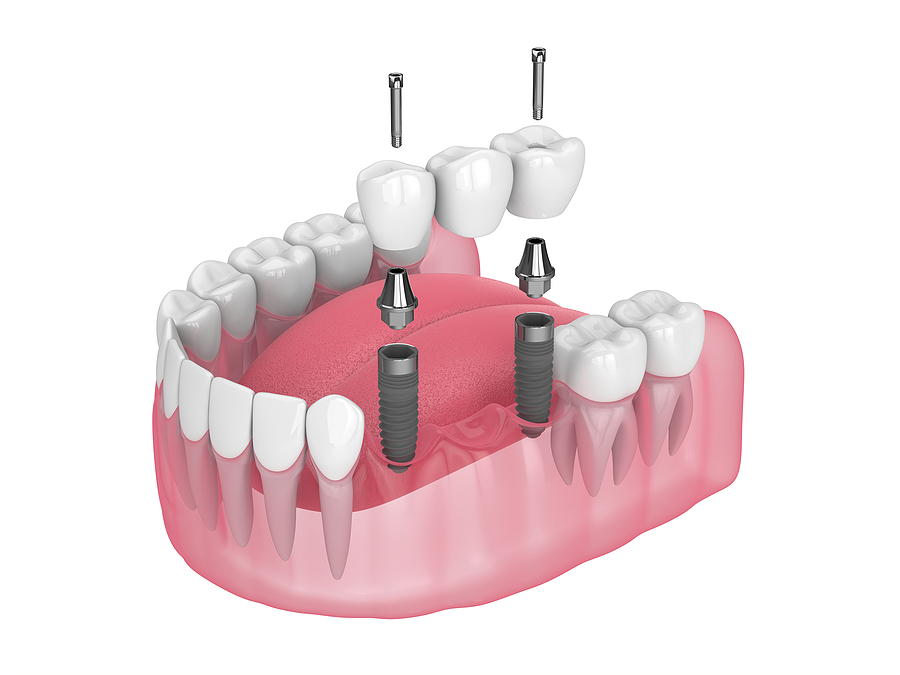EMAIL OR CALL: (408) 266-9957
- Home
- Our Practice
- Services
- Cosmetic Dentistry
- Tooth Replacement
- Pinhole Surgery
- Orthodontics
- Sleep Apnea
- Extractions
- Holistic Dentistry
- Family Dentistry
- Nonsurgical Gum Treatment
- Implant Restoration
- Integrative Medicine
- Bacterial Testing
- Soft Tissue Treatment
- Laser Dentistry
- Fillings
- Cosmetic Dentistry In Los Gatos, Ca
- Tooth Replacement In Los Gatos, Ca
- Pinhole Surgery In Los Gatos, Ca
- Orthodontics In Los Gatos, Ca
- Sleep Apnea In Los Gatos, Ca
- Extractions In Los Gatos, Ca
- Holistic Dentistry In Los Gatos, Ca
- Family Dentistry In Los Gatos, Ca
- Nonsurgical Gum Treatment In Los Gatos, Ca
- Implant Restoration In Los Gatos, Ca
- Integrative Medicine In Los Gatos, Ca
- Laser Dentistry In Los Gatos, Ca
- Fillings In Los Gatos, Ca
- Cosmetic Dentistry In Cupertino, Ca
- Tooth Replacement In Cupertino, Ca
- Pinhole Surgery In Cupertino, Ca
- Orthodontics In Cupertino, Ca
- Sleep Apnea In Cupertino, Ca
- Extractions In Cupertino, Ca
- Holistic Dentistry In Cupertino, Ca
- Family Dentistry In Cupertino, Ca
- Nonsurgical Gum Treatment In Cupertino, Ca
- Implant Restoration In Cupertino, Ca
- Bacterial Testing In Los Gatos, Ca
- Soft Tissue Treatment In Los Gatos, Ca
- Integrative Medicine In Cupertino, Ca
- Bacterial Testing In Cupertino, Ca
- Soft Tissue Treatment In Cupertino, Ca
- Laser Dentistry In Cupertino, Ca
- Fillings In Cupertino, Ca
- New Patients

To Extract or Not? When Saving the Tooth Isn’t an Option
Dental health is more than just a bright smile; it’s the foundation of your overall well-being. When we think about taking care of our teeth, we often picture regular brushing and flossing, along with those routine dental check-ups. But sometimes, despite our best efforts, things can go awry. A tooth might become so damaged or infected that saving it isn’t an option anymore. In such cases, understanding the process behind tooth extractions in San Jose, CA, becomes crucial.
In this post, we'll explore why extraction might be necessary and what factors to consider before making that decision. We’ll also look at alternatives to extraction and how you can ensure a smooth recovery afterward. Plus, discover essential preventative measures for maintaining your precious dental health in the future! Let's dive into this critical topic together—your teeth will thank you later!
The Importance of Dental Health
Dental health plays a vital role in overall well-being. Healthy teeth and gums contribute to effective chewing, aiding digestion. They also support clear speech, helping you communicate confidently.
Beyond physical function, oral hygiene impacts self-esteem. A bright smile can enhance social interactions and boost your confidence levels. Conversely, dental issues may lead to discomfort and embarrassment.
Moreover, poor dental health is linked to systemic diseases like heart disease and diabetes. Bacteria from gum infections can enter the bloodstream, affecting vital organs.
Regular check-ups help catch problems early on, reducing the risk of complex treatments later. Maintaining good dental habits ensures not just a beautiful smile but also longevity in your overall health journey.
When Saving the Tooth Isn’t an Option
Sometimes, despite our best efforts to save a tooth, extraction becomes the only viable option. Severe decay, advanced gum disease, or a fracture that compromises the tooth’s integrity may all lead to this difficult decision.
When infection sets in and threatens surrounding teeth or overall health, immediate action is essential. Waiting can exacerbate pain and complicate treatment.
In certain cases, overcrowding may necessitate removal for orthodontic purposes. This ensures that the remaining teeth can align properly for optimal bite function.
While losing a tooth is never ideal, it’s important to remember that dental technology has made replacement options better than ever. From implants to bridges, you don’t have to live with gaps in your smile forever.
Factors to Consider Before Extracting a Tooth
Deciding to extract a tooth is not just about the immediate discomfort. Several factors come into play.
- First, consider the severity of the dental issue. Is it a deep infection or severe decay? Understanding how much damage has occurred can guide your decision.
- Next, evaluate your overall health. Certain medical conditions may complicate an extraction process. Discuss these with your dentist for tailored advice.
- Age also matters; younger patients might have different recovery experiences than older adults. Bone density and growth patterns are key here.
- Don’t overlook financial implications either. Extractions can vary in cost based on complexity and anesthesia options, which could affect your choice.
- Think about long-term effects on oral health. Will extracting this tooth impact surrounding teeth or lead to future complications? Each factor deserves careful thought before moving forward with any procedure. Contact us to learn more.
Alternatives to Extraction
When facing a dental issue, extraction isn't always the only route. There are alternatives worth exploring that may preserve your natural tooth.
- One option is root canal therapy. This procedure removes infected tissue from within the tooth, allowing you to keep it intact while alleviating pain and preventing further infection.
- Another possibility is dental crowns or fillings. If a tooth has significant decay but still has healthy roots, these treatments can restore its function and appearance without resorting to removal.
- For those struggling with gum disease, scaling and root planing can help reverse damage. This deep cleaning method targets bacteria below the gum line, promoting healing and potentially saving teeth at risk of extraction.
- Always consult with your dentist in San Jose, CA, to discuss which options suit your situation best. They can guide you through tailored solutions based on your specific needs.
Recovery and Aftercare for a Tooth Extraction
After a tooth extraction, proper recovery and aftercare are crucial to ensure smooth healing.
- Begin by following your dentist’s specific instructions for best results.
- Rest is paramount in the first 24 hours. Avoid strenuous activities that might disrupt the blood clot forming at the extraction site.
- Pain management often includes over-the-counter medications or prescribed pain relievers. Ice packs can also help reduce swelling; apply them intermittently for comfort.
- Diet plays an important role during recovery as well. Stick to soft foods like yogurt, applesauce, and smoothies initially. Steer clear of anything hard or crunchy until you’re healed.
- Maintaining oral hygiene is vital, but be gentle around the extraction area. Rinsing with warm salt water can aid in keeping it clean without disturbing healing tissues.
- Stay hydrated and avoid straws, as sucking motions may dislodge clots and complicate recovery.
Preventative Measures for Future Dental Health
- Maintaining good dental health goes beyond regular check-ups. It starts with your daily habits. Brushing twice a day with fluoride toothpaste is essential for keeping cavities at bay.
- Don't forget to floss! It's an important step that reaches areas your toothbrush might miss. Regular flossing helps prevent gum disease and keeps your smile bright.
- Eating a balanced diet also plays a crucial role. Limit sugary snacks and drinks, as they promote decay. Instead, opt for crunchy fruits and veggies that can naturally clean your teeth while providing vital nutrients.
- Regular visits to the dentist are key to catching issues early on. These appointments allow professionals to provide cleanings and assessments tailored to your needs.
- Consider using mouthwash in addition to brushing and flossing. This adds another layer of protection against bacteria while freshening your breath throughout the day.
Conclusion
Dental health is a vital part of overall well-being. Understanding when a tooth extraction becomes necessary can help you make informed decisions about your oral care. Whether due to severe decay, infection, or trauma, knowing the factors that lead to extraction empowers you to take charge of your dental health.
If saving the tooth isn't an option, consider all available alternatives before making a decision. Options like root canal therapy may save some teeth and prevent extractions in many cases. It's essential to discuss these alternatives with your dentist.
After an extraction, focusing on recovery and aftercare is crucial for minimizing discomfort and promoting healing. Adhering to post-operative instructions will ensure a smoother recovery process.
Preventative measures play a significant role in maintaining long-term dental health. Regular check-ups, proper oral hygiene routines, and diet modifications can greatly reduce the risk of needing extractions down the road.
Understanding extractions in San Jose, CA, means being proactive about your dental health journey. Every choice counts towards achieving optimal results for both immediate concerns and future prevention strategies.
Get in touch with Wesley Yemoto DDS, at 4860 Cherry Ave # F, San Jose, CA 95118, or call (408) 266-9957 to learn more about the benefits of extractions.
Location
4860 Cherry Avenue #F,
San Jose, CA 95118
Office Hours
MON - THU7:30 am - 4:30 pm
FRI - SUNClosed






comments